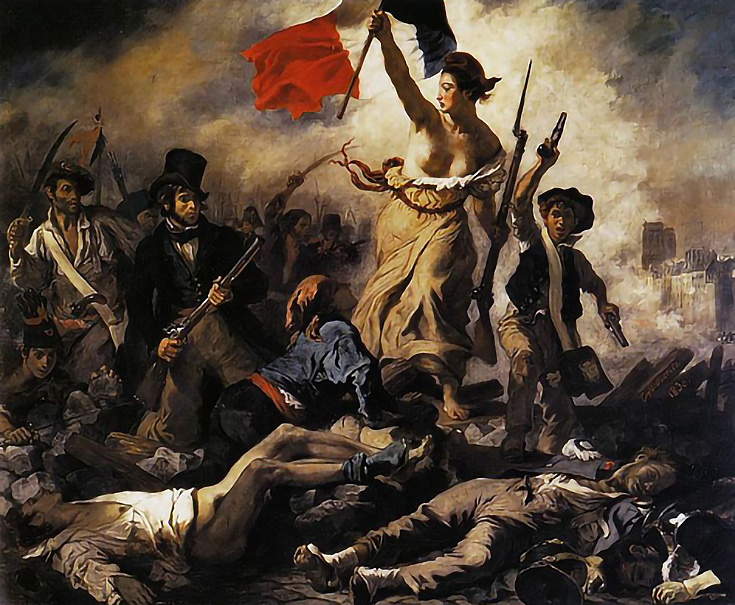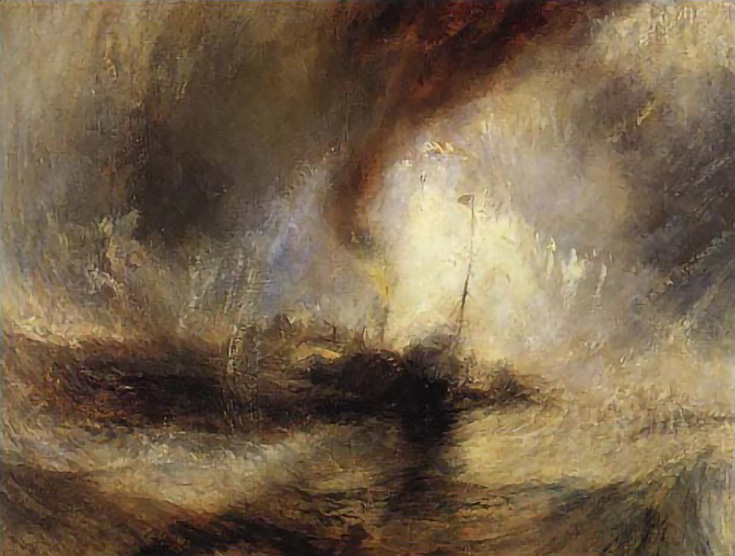What was Romanticism? Well, although the name may sound a bit lovey-dovey, as an art (and literary) movement Romanticism really had nothing to do with love or romance.
It DID have everything to do with emotion, however—Romanticism came about in the middle of the 18th century as a reaction to classical thoughts and ideas. Classicism was orderly, logical, and step-by-step, while Romanticism took a different approach by emphasizing emotion and imagination.
For example, in the same way that a “romantic” might long for “happily ever after” or believe strongly enough in a cause to fight (and perhaps even die) for it; Romanticism in art appealed to people on a deeper and different level than artwork had in the past.
Romanticism also had to do with a renewed look at nature and mankind’s relationship with it, making landscape paintings in particular much more important and popular as a result. The Haywain by John Constable, shown above, is a great example of that.
Constable’s paintings were so detailed, rich, and expressive that it’s almost like the landscape itself was exalted, even deified. Just look at the scale involved—the figure is tiny, and therefore relatively unimportant, while the world around him is glorious and beckoning with myriad sites and sounds to explore.
Other Romantic painters used emotion in their work to rally political awareness, like Eugene Delecroix did in his painting entitled Liberty Leading the People.
It was a fairly gruesome painting for that time, and although based on the French Revolution of 1830, it was obviously highly “romanticized” by Delacroix with bodies piled high and a symbolically bare-breasted woman (denoting liberty, or freedom) carrying the national flag through the burning city.
Another famous Romantic painter was Joseph Turner, a man whose landscapes and seascapes are often seen as a precursor to Impressionism in the later 19th century.
Just look—you can barely make out the steamboat in Steamer in a Snowstorm (or even what the scene is at first) but once you know, the amazing power and fury of a winter storm at sea can clearly be felt through this painting.
And in the end, Turner’s painting is probably one of the best examples of Romanticism I can give—it clearly shows a deliberate move away from the perfection of classicism, towards the individual expression of modernism.
This post may contain affiliate links.



